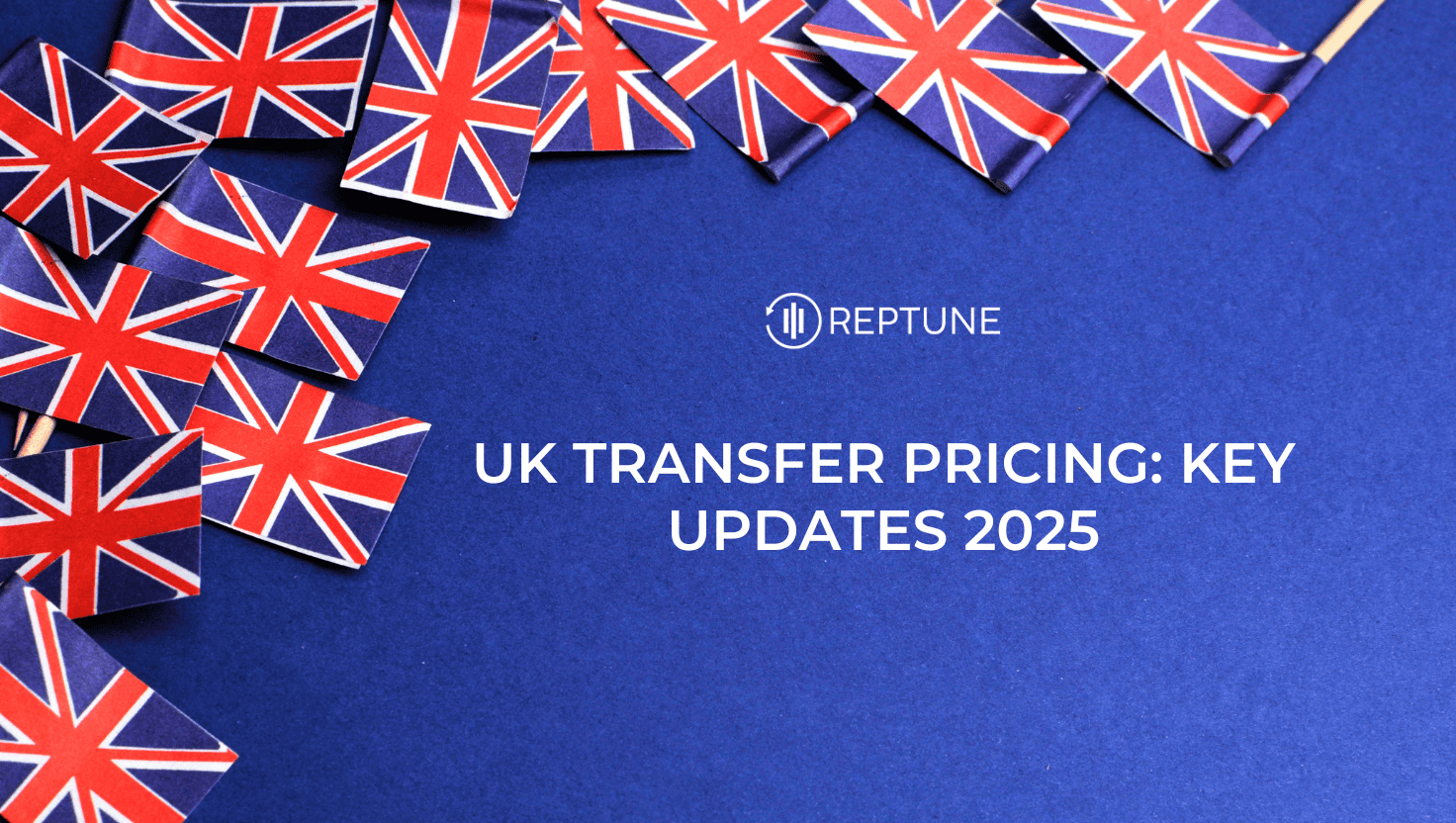
Transfer pricing remains a major priority for multinational enterprises (MNEs) operating in the United Kingdom. As corporate tax regulations tighten globally, HMRC has introduced sharper compliance measures focused on documentation, method selection, and risk profiling.
In 2025, UK tax authorities are placing more emphasis on aligning intercompany transactions with the arm’s length principle, particularly for the pricing of goods and services exchanged between related parties across tax jurisdictions.
This blog highlights recent developments in UK transfer pricing regulations, including updated compliance guidance, risk-based audit frameworks, and the expanding role of Advanced Pricing Agreements (APAs) and Mutual Agreement Procedures (MAPs) in preventing disputes.
The updated HMRC document, Help with Common Risks in Transfer Pricing Approaches, identifies typical red flags in controlled transactions and outlines best practices.
This guidance is critical for multinational corporations to align their practices with UK tax law and OECD standards.
HMRC’s internal manual (INTM485025) provides detailed insight into how tax authorities evaluate risk in related party transactions.
With increasing cross-border complexity, more MNEs are using dispute resolution mechanisms to gain pricing certainty and reduce audit exposure.
An Advanced Pricing Agreement (APA) is a binding arrangement between a taxpayer and one or more tax jurisdictions determining the correct pricing method for future intercompany transactions. It ensures that transfer prices remain consistent with the arm’s length principle, reducing uncertainty and risk.
A Mutual Agreement Procedure (MAP) is a treaty-based resolution process between two tax authorities aimed at eliminating double taxation caused by adjustments to transfer pricing or corporate tax assessments. MAP ensures equitable treatment when taxing cross-border goods and services.
At Reptune, we empower multinational corporations to manage transfer pricing obligations confidently and efficiently through smart automation and robust data analytics.
With Reptune, you can:
Whether you’re defending a policy, preparing a country-by-country report, or proactively managing your pricing method, Reptune ensures you remain fully compliant across all tax jurisdictions.
UK transfer pricing regulations are evolving fast, and so are HMRC’s expectations. By ensuring your transfer price reflects true commercial activity, supported by robust documentation and strategic dispute tools like APAs and MAPs, your business can avoid unnecessary tax liabilities and operate confidently across borders.
📌 Ready to take control of your UK and global transfer pricing?
Book a demo with Reptune today and future-proof your cross-border tax compliance!
